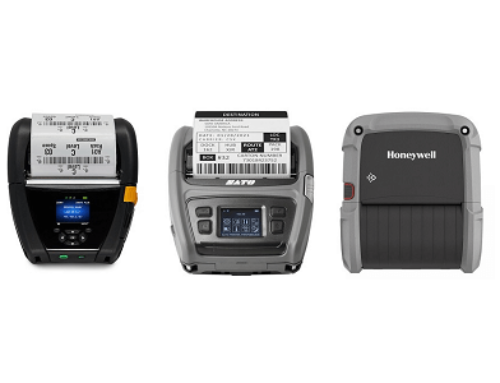Unlike previous years, the 2020 Holiday Peak Season broke many standards by starting almost a whole month earlier. The National Retail Federation found that almost half of consumers had already finished their holiday shopping before December as many began in October or took advantage of the new week-long Cyber Monday. Not surprisingly, health and safety concerns directly contributed to the 32% growth in online shopping, yet many shoppers plan to continue leveraging online services such as curbside pickup and BOPIS due to connivence. As a matter of fact, many studies estimate the 2021 Peak Season will build upon the success of last year’s season while navigating through increasing demands for faster and accurate service.
To stay ahead of demands and challenges, supply chains must take the next 5 weeks to reframe inventory management and tracking systems. Clear visibility into stock quantities, incoming shipments, and delivery ETAs are expected to be businesses’ first line of defense in protecting a positive customer experience during a highly demanding season since they address the three main challenges supply chains expect this year.
- Continual increase in Buy-Online-Pickup-In-Store – BOPIS and curbside pickup transactions are expected to continue growing up to 10% since it improved the shopping experience of over 70% of customers. Secured communication channels between warehouses, delivery teams, and storefronts can help track order status in near real-time while updating customers and associates of any delays or emergencies when they happen. Push-to-talk capabilities similar to Zebra’s Workforce Connect help minimize communication breakdowns within the supply chain by unifying workers onto one platform for real-time alerts and locationing, so orders can be tracked without interfering in overall stock counts and delivered within the customer’s stipulated timeframe.
- Fast and free reverse logistics – Amazon’s free shipping has elevated the standard when it comes to fast and seamless order returns. Ineffective reverse logistics can cost warehouses up to $20 per returned order plus storage and depreciation costs. Accurate locationing through RFID technologies can help expedite order assembly while ensuring accuracy rates to diminish likelihood of returns. If for some reason products are still sent back, RFID tags and readers minimize misplacements by enabling real-time in-motion tracking as returned items re-enter the warehouse. This ultimately contributes to decreased storage costs while preventing surprise out of stocks since inventory can be found at a glance.
- Lingering labor shortage – While peak seasons have been known for welcoming seasonal hires, the current labor shortage in warehousing and T&L operations is still responsible for the +300k job vacancy since last February. Seasonal job openings mean businesses must not only compete for customer loyalty but also for experienced labor since their choices are about to expand. At the current rate, studies estimate nearly 700 million holiday orders will not be delivered in time. To attract workers, warehouses have turned to partial automation since it enhances inventory locationing without overburdening the workforce. Mobile computers with integrated data capture and push-to-talk systems empower your workforce to do more with less devices, maximizing workforce performance despite fluctuating size. For smaller hardware changes, Zebra’s all new DS3600-KD harnesses greater scanning intelligence with a keypad for quick simple data processing to your centralized database, virtually eliminating manual data entry from your inventory management system.
Whether you are looking for a small-scale change or new system implementations, the time to start modernizing is now. Target your operation’s largest challenges with an SSE Technologies specialist to start developing an optimization strategy that combats inefficiency before it hinders productivity.






